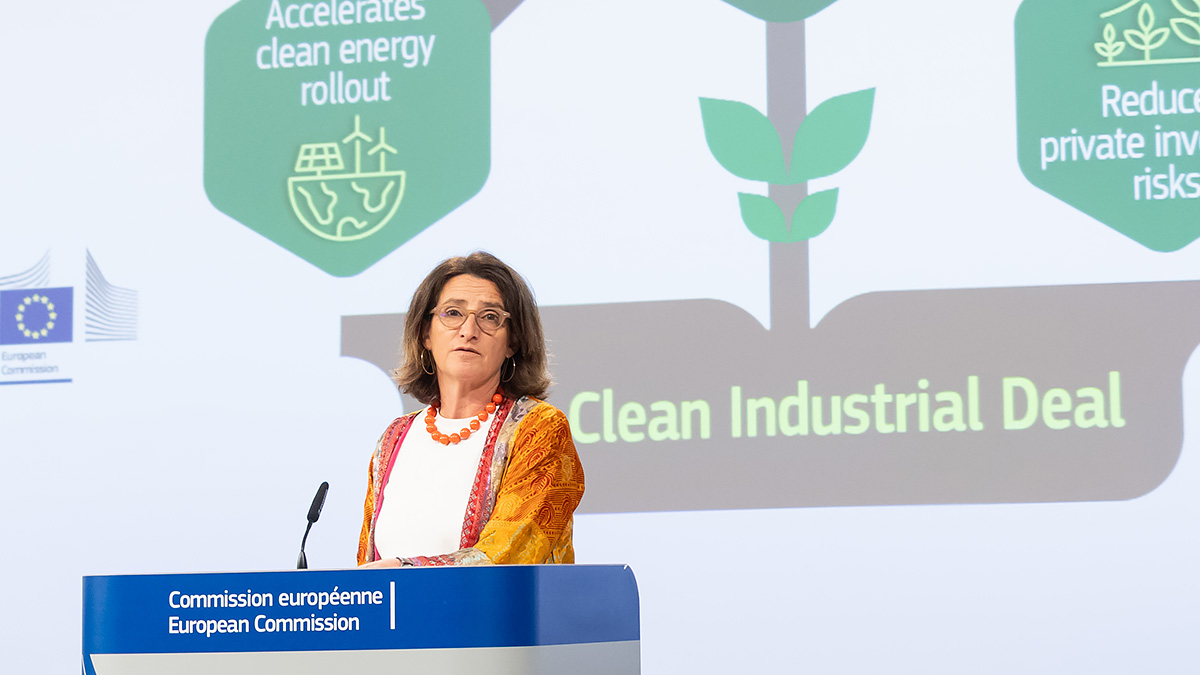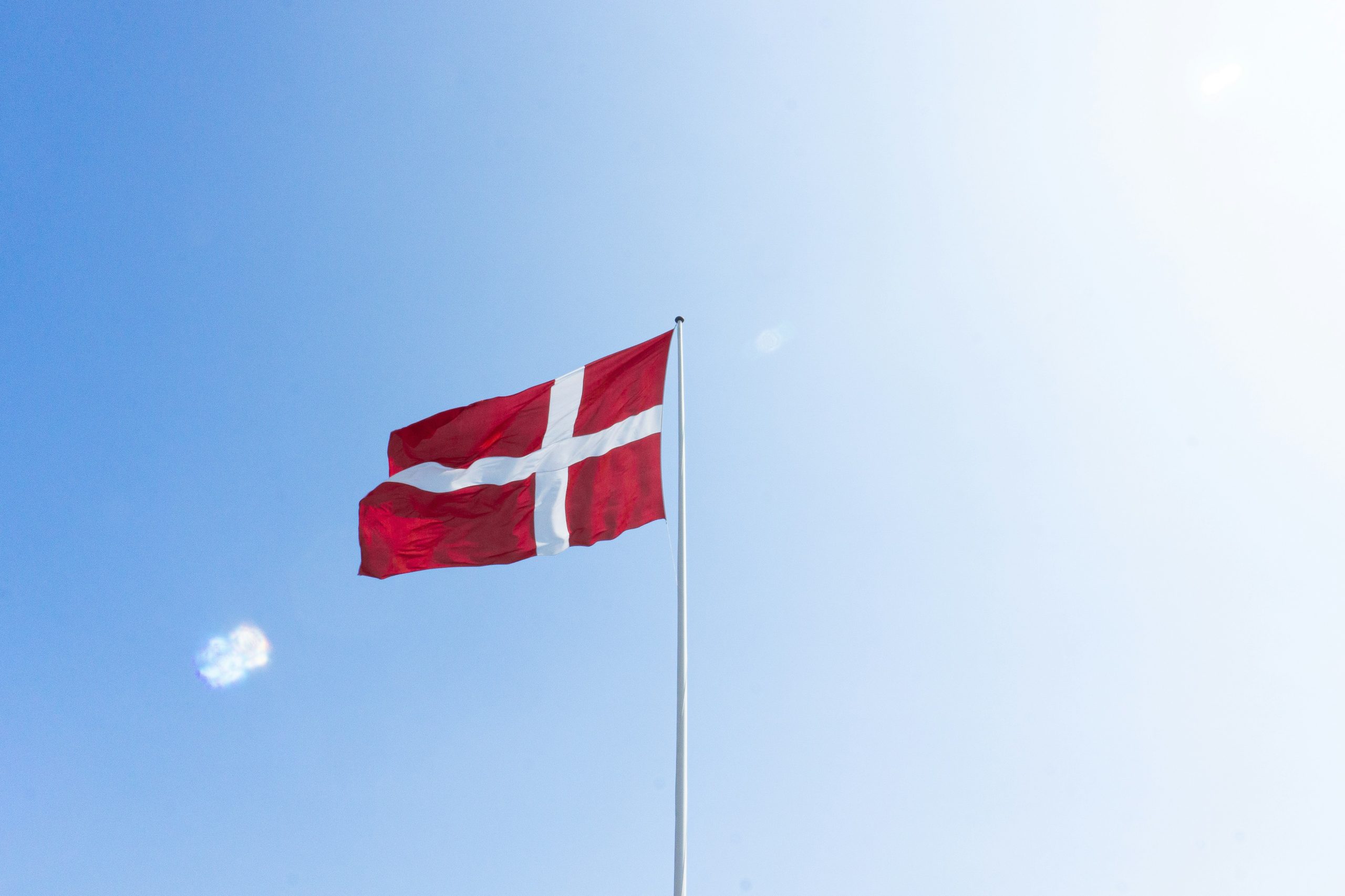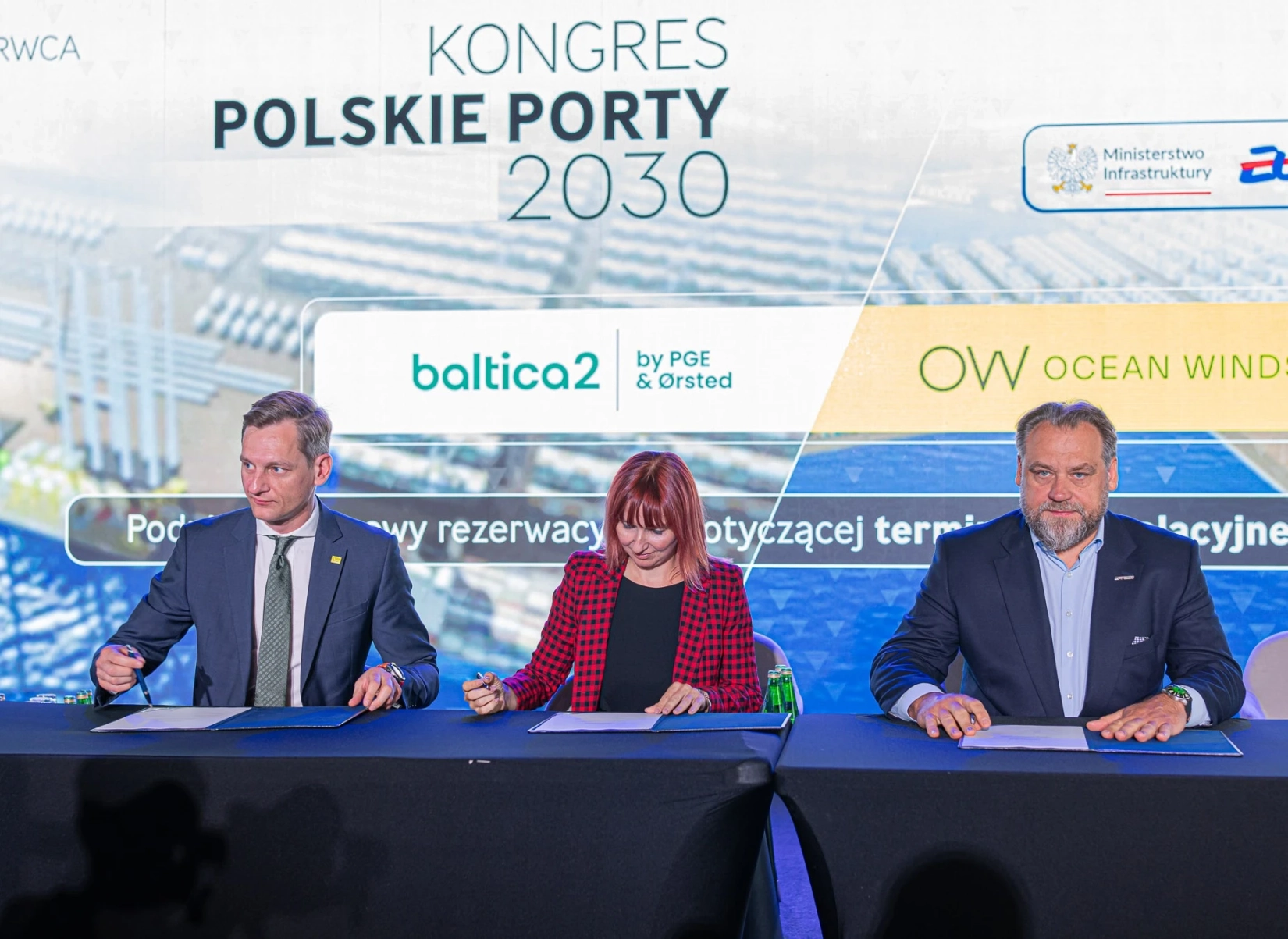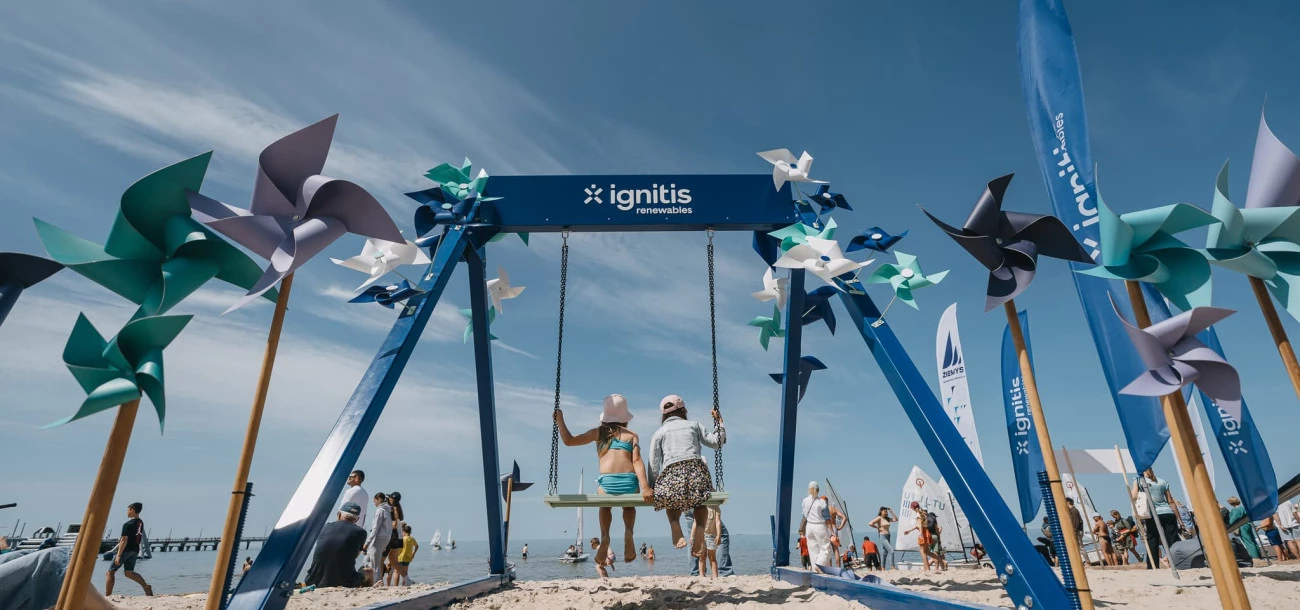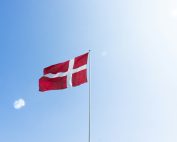Gasgrid Finland, Nordion Energi, OX2, and Copenhagen Infrastructure Partners are taking concrete steps to realise the European Hydrogen Backbone vision, developed by 31 gas infrastructure companies, in the Baltic Sea region. The companies have agreed to investigate the possibility to develop new large-scale offshore hydrogen pipeline infrastructure connecting Finland, Sweden, and Central Europe by 2030 to provide clean, sustainable hydrogen for Europe.
There is a significant potential for production and use of hydrogen in countries surrounding the Baltic Sea as well as for developing offshore wind. The Baltic Sea region has excellent conditions for the production of onshore and offshore wind energy. With strategic investments in the infrastructure, renewable energy, and hydrogen production, up to 55% of the clean hydrogen target defined in the REPowerEU Plan can be produced in the region simultaneously supporting innovative decarbonization projects within each country as well as helping the EU to meet its overall goals.
In the energy field and in response to Russian aggression, the prime ministers of eight states surrounding the Baltic Sea signed The Marienborg Declaration in August 2022. The declaration includes high-level political commitment to explore joint cross-border renewable energy projects and identify infrastructure needs. Therefore, they set combined ambitions for offshore wind in the Baltic Sea region of at least 19.6 GW by 2030. The Marienborg Declaration recognizes substantial potential for offshore wind power in the Baltic Sea basin, reaching up to 93 GW.
The European Hydrogen Backbone (EHB) initiative aims to accelerate Europe’s decarbonisation journey by defining the critical role of hydrogen infrastructure – based on existing and new pipelines – in enabling the development of a competitive, liquid, pan-European renewable, and low-carbon hydrogen market. Development of hydrogen infrastructure will be a prerequisite for renewable hydrogen market creation and market integration. Therefore, Finnish and Swedish gas transmission system operators (TSOs) Gasgrid Finland and Nordion Energi have, together with industry companies OX2 and Copenhagen Infrastructure Partners, launched a project called the Baltic Sea Hydrogen Collector (BHC).
BHC is an offshore pipeline project that will connect mainland Finland and Sweden with Finnish Åland island and Germany by 2030. The offshore project may also be connected to other energy islands in the region such as Gotland and Bornholm in Sweden and Denmark.

Source: Gasgrid Finland
The aim of the Baltic Sea Hydrogen Collector is to unlock the significant offshore wind potential, in Bothnia Bay and the Baltic Sea region, creating a booming hydrogen market and connecting both supply and demand.
BHC has a critical role in creating an efficient, harmonised, and integrated hydrogen market in Europe. It offers solutions to the collection, storage, and transportation of green H2, providing market integration and a solution to maintain balance in the energy system. It enables making offshore wind energy in the region a secure and flexible energy source, increasing system resilience, energy independence, and security of supply. It will also support decarbonization of hard-to-abate sectors and green industrialization in the Nordics, Baltics, and Central Europe.
By creating a guaranteed route from production to use, the Baltic Sea Hydrogen Collector provides confidence to green H2 producers and users to invest in the new hydrogen value chains and partake in supplying the rising green H2 demand in Europe.
Source: Gasgrid Finland, OX2





